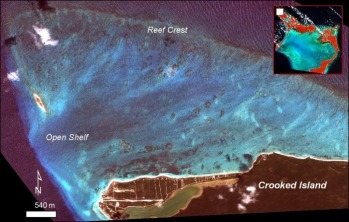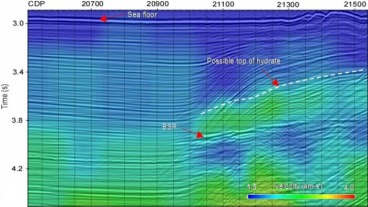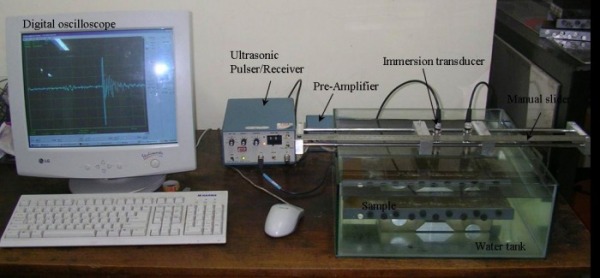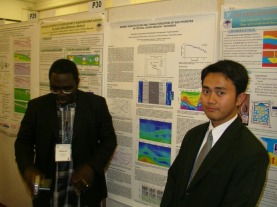Depositional Facies of Holocene Carbonate Sediment on the Reef-rimmed shelf of Crooked-Acklins Platform, Southern Bahamas

Characterizing spatial heterogeneity is an important step for developing accurate geologic models, and many reservoir systems are parts of reef-rimmed platforms.Nonetheless, the details of spatial geomorphic and sedimentologic patterns have not been widely documented or quantified. This study aims to describe and evaluate the depositional patterns and processes that influence sedimentary and geomorphic patterns on a reef-rimmed shelf on part of Crooked-Acklins Platform, in the southern Bahamas.
To accomplish the goals of this study, field observation will be integrated with laboratory analyses, including granulometric, petrographic, hydrodynamics and remote sensing analyses. Basic data, including sediment samples and bathymetric data, from offshore Crooked Island, Bahamas have been collected. Some of those data have been processed and some preliminary results have been presented at the Comparative Sedimentology Laboratory (CSL) annual review meeting in October 2008. Currently, some hydrodynamic data from current and wave measurements have been retrieved from one part of the study area, and others are being deployed, to further analyze physical processes that control the sedimentation.
At the end of this study, we expect to develop testable models for the controls on the distribution and nature of reef margin and reef-rimmed shelves sedimentology.
More info and related publications can be found in: http://www.cslmiami.info/research/carbonateSystems
Seismic Identification and Characterization of Gas Hydrates in Central Sunda Margin, Indonesia

Methane hydrate is a potential future energy resource and play important role in global climate change. The hydrate bearing sediment has been found excessively in many places around the world mostly in permafrost area and continental margins, including that in Central Sunda Margin, Indonesia. However, recovering methane from its deposits is difficult and the details of its physical characteristics and structural geometry have not been widely documented. Therefore, characterizing the methane hydrate from seismic data is important to provide information about the structure or geometry of hydrate bearing sediment to estimate the reserve of its recoverable gases.
Physical Modeling Study and Seismic Reflection Analysis of Anisotropic Medium with Tilted Transverse Isotropy (TTI) Approach

The presence of anisotropic medium can exhibit a significant imaging problem in subsurface exploration using seismic method, with typical errors are incorrect positions of events and poor image resolution. To help understand how anisotropy affects seismic data, ultrasonic measurement over laboratory scale was applied into a designed geologic model of dipping anisotropic medium, i.e. Tilted Transverse Isotropy (TTI). Seismic data acquisitions were conducted over a scaled physical model by using several types of seismic reflection surveys, such as zero offset and common-source methods. By comparing the processed data of common-source survey with two different geometry measurements and zero offset profiles from isotropic and anisotropic model, significant lateral and vertical shifting of an object beneath the anisotropic medium were observed on the seismic sections.
Publication:
Hakiki, F., Sanny, T.A., and Bahar, A., 2005, Seismic Reflection Analysis in Anisotropic Medium with Tilted Transverse Isotropic (TTI) Approach using Physical Modeling: Jurnal HAGI, p. 20-26



